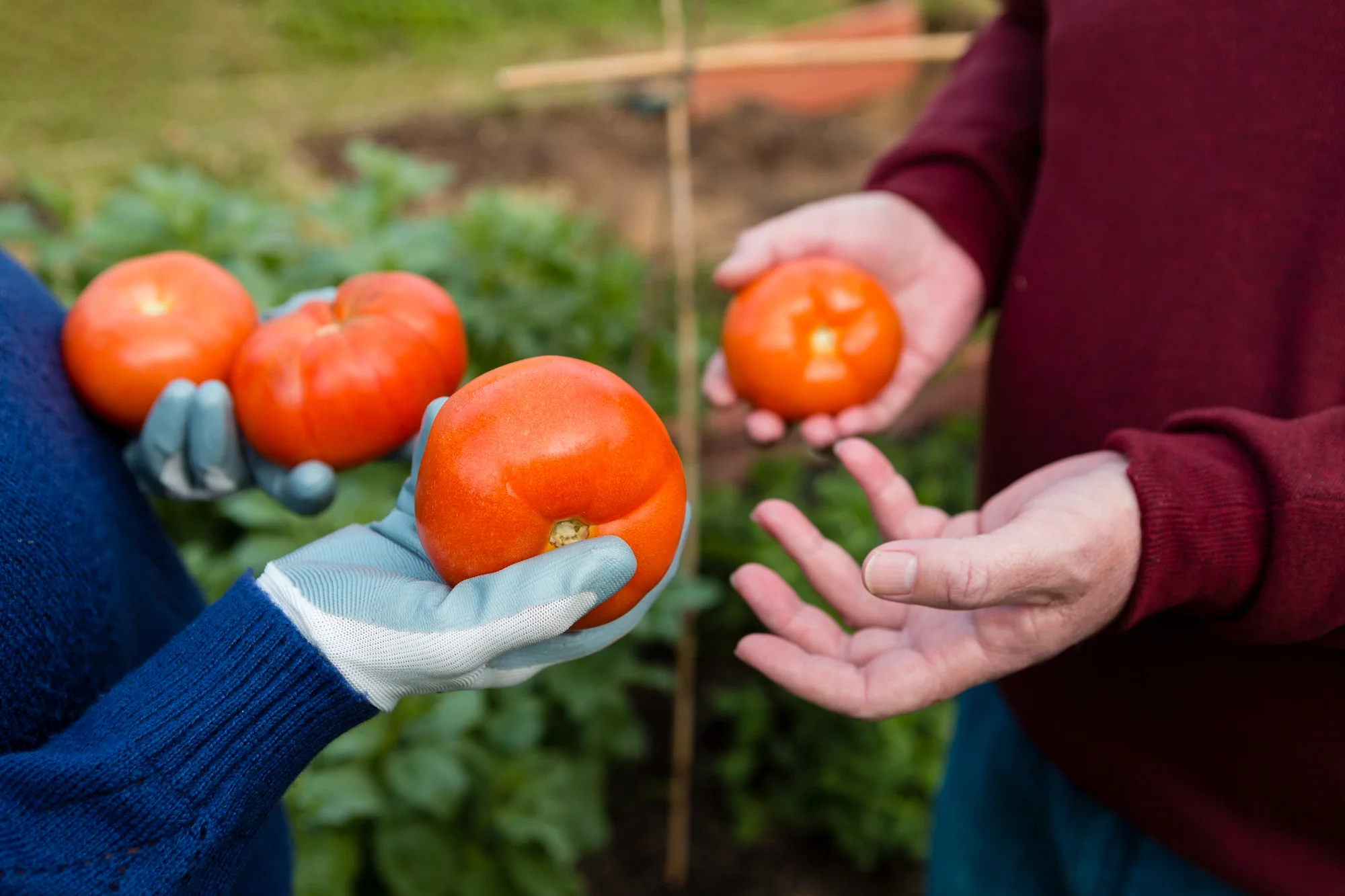In the quest to enhance crop production, scientists are always refining approaches to overcome breeding barriers. A prime example of this endeavor was recently illuminated in an article published by the journal ‘Nature Plants’ where researchers from leading institutions, such as Cold Spring Harbor Laboratory and Baylor College of Medicine, unveiled their discovery of neutralizing a cryptic variant that had imposed a breeding constraint in tomatoes. This breakthrough was facilitated by the duplication of a key domestication locus, marking a significant stride in plant breeding and genetics.
DOI: 10.1038/s41477-019-0422-z
Breaking Through Tomato’s Breeding Barrier: The Story
Tomatoes, scientifically known as Solanum lycopersicum, have been subjected to extensive breeding over the centuries, aimed at improving qualities like yield, disease resistance, and fruit characteristics. However, inadvertently, such selective breeding sometimes leads to the manifestation of cryptic genetic variations which may become detrimental – introducing unforeseeable barriers. The study led by Sebastian Soyk and his team confronted just such an issue related to a jointless pedicel—a trait desirable for mechanical harvesting.
A cryptic variant associated with the gene that controls the presence or absence of pedicel joints created an impasse. When these jointless varieties were crossed with certain wild relatives or alternative tomato strains for other desirable traits, the resulting hybrids displayed aberrant inflorescence structures, an unwanted outcome. This epistatic interaction, where one gene’s effect hides or modifies another’s, had become a bottleneck in tomato breeding programs.
Owning the Double to Divide the Trouble
Addressing this impasse, the team unearthed a smart genetic solution—doubling the domestication gene’s copy number. By increasing the copy number of the gene responsible for the non-joint pedicel trait, they effectively negated the cryptic variant’s adverse effects. This editing not only preserved the advantages of jointless pedicels but also allowed breeders to cross with other varieties, expanding the genetic base for producing superior cultivars without encountering the previous reproductive barrier.
The CRISPR Connection
This innovation leverages a powerful tool in the genetic editing arsenal – CRISPR-Cas9 technology. Genomic editing technologies like CRISPR have fundamentally transformed plant breeding, allowing for highly specific genetic modifications. This method was integral to Soyk and his colleagues’ approach; the team used CRISPR to engineer the duplication of the domestication locus in the tomato genome, bypassing the negative impact of cryptic genetic variation.
The Impact on Future Breeding
The findings of this research have broad implications for the field of plant breeding. By demonstrating that genetic interference can be neutralized through precise editing, the scientists have provided a blueprint for managing undesirable genetic interactions in numerous crops. This achievement exhibits the potential for a tailored approach to breeding—melding the insights of classical genetics with the finesse of modern technology.
Plant Breeding and Genomic Editing: An Evolving Relation
The journey of plant breeding is an evolutionary tale of how humans have shaped flora to meet our needs. From the days of traditional selection to the latest techniques in genomic editing, steps like these underscore the scientific community’s commitment toward sustainable and efficient agricultural practices. As we continue to face global challenges in food production, biotechnology serves as a bulwark in developing plants that can withstand environmental stresses and cater to the nutritional needs of a growing population.
References Enhancing the Article’s Scholarly Weight
1. Wallace, J. G., Rodgers-Melnick, E., & Buckler, E. S. (2018). On the road to breeding 4.0: unraveling the good, the bad, and the boring of crop quantitative genomics. Annu. Rev. Genet., 52, 421–444. https://doi.org/10.1146/annurev-genet-120116-024846
2. Lemmon, Z. H. et al. (2019). The evolution of inflorescence diversity in the nightshades and heterochrony during meristem maturation. Genome Res., 26, 1676–1686. https://doi.org/10.1101/gr.207837.116
3. Reynolds, G. B. (1961). New source of the j2 gene governing jointless pedicel in tomato. Science, 134, 2102. https://doi.org/10.1126/science.134.3496.2102
4. Sedlazeck, F. J. et al. (2018). Accurate detection of complex structural variations using single-molecule sequencing. Nat. Methods, 15, 461–468. https://doi.org/10.1038/s41592-018-0001-7
5. Soyk, S. et al. (2017). Bypassing negative epistasis on yield in tomato imposed by a domestication gene. Cell, 169, 1142–1155. https://doi.org/10.1016/j.cell.2017.04.032
Keywords
1. Tomato breeding barriers
2. CRISPR-Cas9 in agriculture
3. Genetic variation in crops
4. Precision plant breeding
5. Overcoming epistasis in breeding
These keywords are vital for improving the search engine visibility of the article, targeting researchers, plant breeders, and anyone interested in agricultural biotechnology and genomic editing. They capture the essence of the article by associating it with key topics within the plant science and plant breeding communities.
